Wei-Cheng Lai
Don't Get Me Wrong: How to apply Deep Visual Interpretations to Time Series
Mar 14, 2022
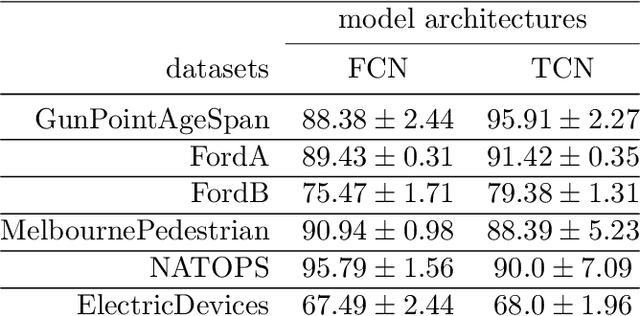
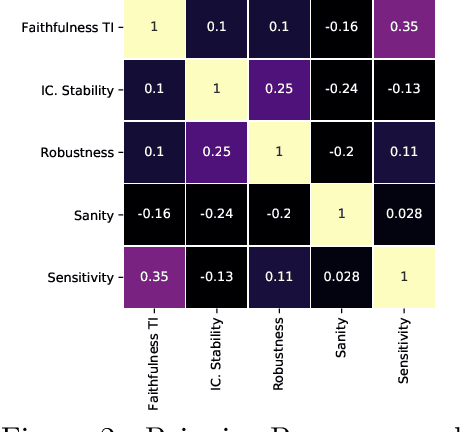
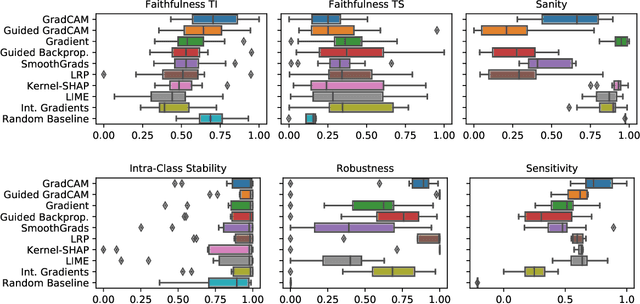
Abstract:The correct interpretation and understanding of deep learning models is essential in many applications. Explanatory visual interpretation approaches for image and natural language processing allow domain experts to validate and understand almost any deep learning model. However, they fall short when generalizing to arbitrary time series data that is less intuitive and more diverse. Whether a visualization explains the true reasoning or captures the real features is difficult to judge. Hence, instead of blind trust we need an objective evaluation to obtain reliable quality metrics. We propose a framework of six orthogonal metrics for gradient- or perturbation-based post-hoc visual interpretation methods designed for time series classification and segmentation tasks. An experimental study includes popular neural network architectures for time series and nine visual interpretation methods. We evaluate the visual interpretation methods with diverse datasets from the UCR repository and a complex real-world dataset, and study the influence of common regularization techniques during training. We show that none of the methods consistently outperforms any of the others on all metrics while some are ahead at times. Our insights and recommendations allow experts to make informed choices of suitable visualization techniques for the model and task at hand.
Ubicomp Digital 2020 -- Handwriting classification using a convolutional recurrent network
Aug 03, 2020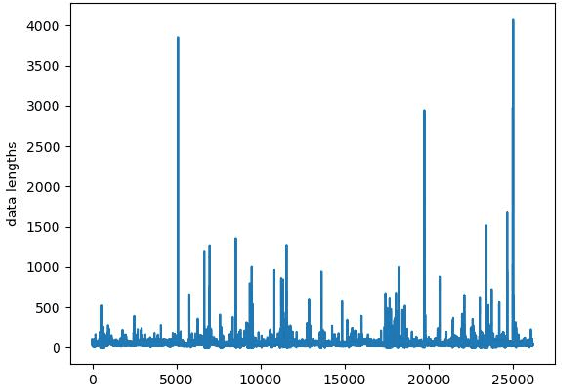
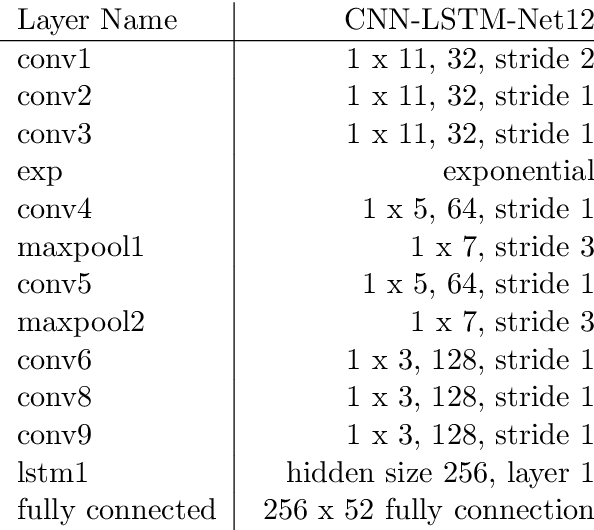
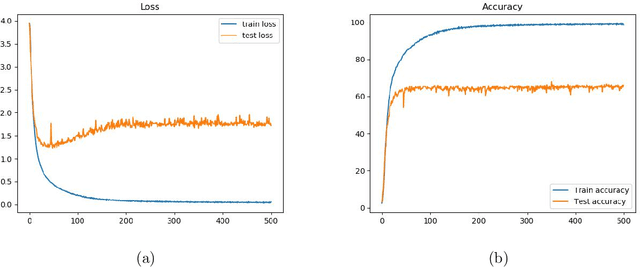
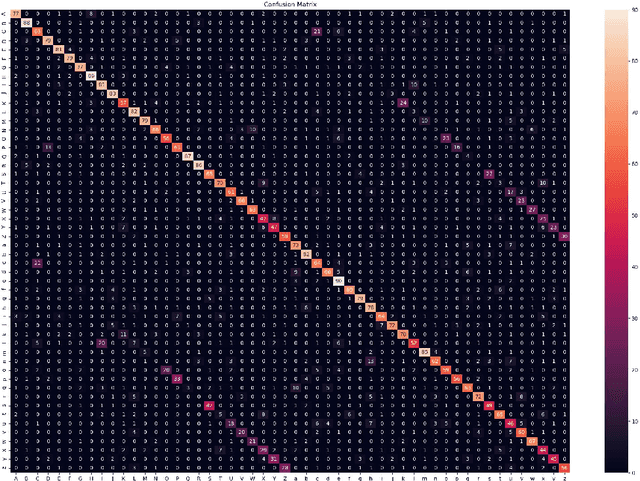
Abstract:The Ubicomp Digital 2020 -- Time Series Classification Challenge from STABILO is a challenge about multi-variate time series classification. The data collected from 100 volunteer writers, and contains 15 features measured with multiple sensors on a pen. In this paper,we use a neural network to classify the data into 52 classes, that is lower and upper cases of Arabic letters. The proposed architecture of the neural network a is CNN-LSTM network. It combines convolutional neural network (CNN) for short term context with along short term memory layer (LSTM) for also long term dependencies. We reached an accuracy of 68% on our writer exclusive test set and64.6% on the blind challenge test set resulting in the second place.
 Add to Chrome
Add to Chrome Add to Firefox
Add to Firefox Add to Edge
Add to Edge